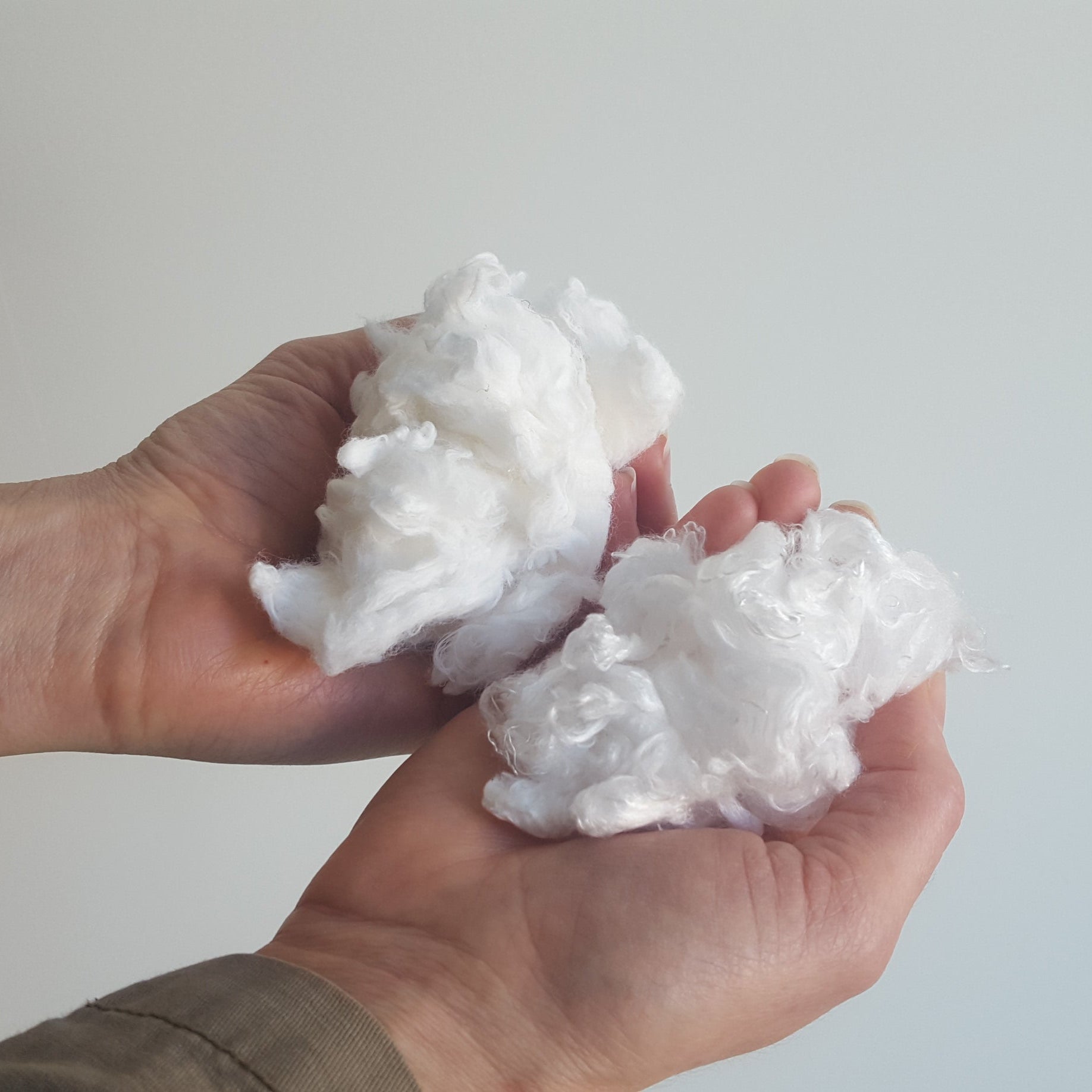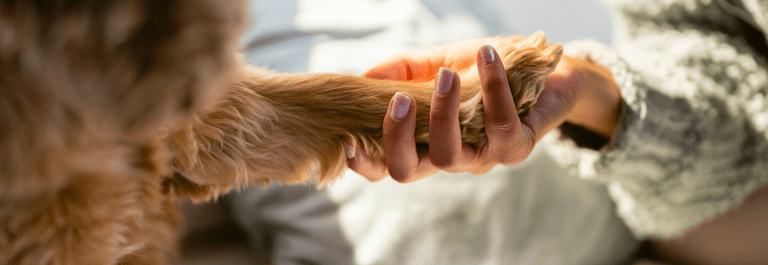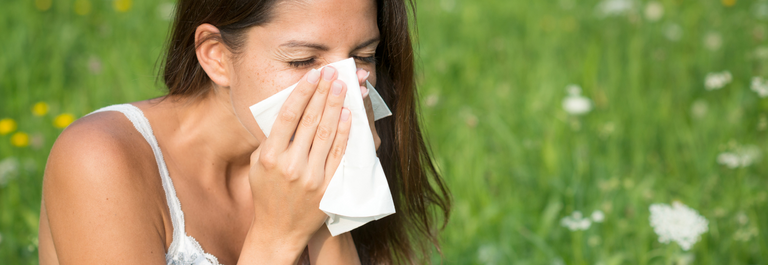Rough, cracked paws are a common and painful occurrence for our furry friends, especially in the winter. Being exposed to salt, ice and the fluctuation in temperature during colder months can cause dry and rough paws. Just like humans, dogs need to up their moisturizing routine in the winter.
In this blog post, you’ll find everything you need to get started with treating cracked dog paws, including
- What should my dog’s paws actually look like?.
- How to prevent cracked paws
- At-home paw soother
Keep reading to learn how to help your dog stay happy and moisturized this winter.
Are Cracked Dog Paws Normal?
While cracked paws in dogs is a common occurrence, it is still vital to treat. A dog’s paw pads play an essential role in their everyday life. They provide traction, stability, and absorb shock for the delicate bones in the paw. Paw pads also protect dogs from the elements by getting stronger over time. However, when they become too rough and dry, they lose some of their strength and lead to pain and irritation for your dog. If your dog’s paws become excessively dry, start to crack, or start to bleed, they need to be treated as soon as possible.
Signs of Irritated Paws
Be on the lookout for rough or dry looking paw pads, especially if it's cracking or peeling. While some peeling is normal, as old skin makes way for new, if you notice any exposed raw skin, this needs to be treated to avoid any serious infection and pain. Irritated paws are often also accompanied by abnormal behavior, including:
- Limping
- Licking or chewing the paw pads
- Avoiding rough surfaces
- Lethargy
How to Prevent Dog's Cracked Paws
Rough paws can often be attributed to the surfaces the dog walks on. In the winter, the cold surfaces and de-icing solutions can dry out your dog’s paws. In warmer months, the hot sidewalks can burn off the outer protective layer of the pads and cause irritation. Just like our skin, the change in temperature can also lead to dryness. In colder months, constantly going from the cold outdoors to a warm indoor setting can lead to cracking. A few tips to help prevent this from happening:
1. Give the paws a full rinse and dry when returning from a walk. Use antibacterial soap if there are any open wounds.
2. Try to keep your dog on softer surfaces while outside.
3. Use booties when possible.
4. Increase indoor humidity to reduce dryness.
5. Avoid prolonged walks in extreme weather.
6. Moisturize!
Natural At-Home Paw Soother
It can be tricky trying to choose a moisturizer that’s safe to use on your dog’s cracked paw pads. Both coconut oil and vitamin E oil are safe and effective to use, but can be messy and tough to keep on your dog’s paws.
Beeswax is a much simpler natural solution. It's a common skincare ingredient because it locks in moisture. This Organic Manuka Skin Soothing Cream is a natural remedy that is antibacterial and anti-inflammatory. It’s also perfectly safe for dogs to eat and they love the sweet honey smell. Humans can use it too!
For best use, apply balms or oils to your dog’s paws before bedtime in a calm and relaxed environment. It can also be beneficial to put socks or booties on to keep them from licking or rubbing the product off.
Start Treating Your Dog’s Cracked Paws Today.
Use these helpful tips and tricks to ensure your dog is free from the irritation of rough and dry paws.










